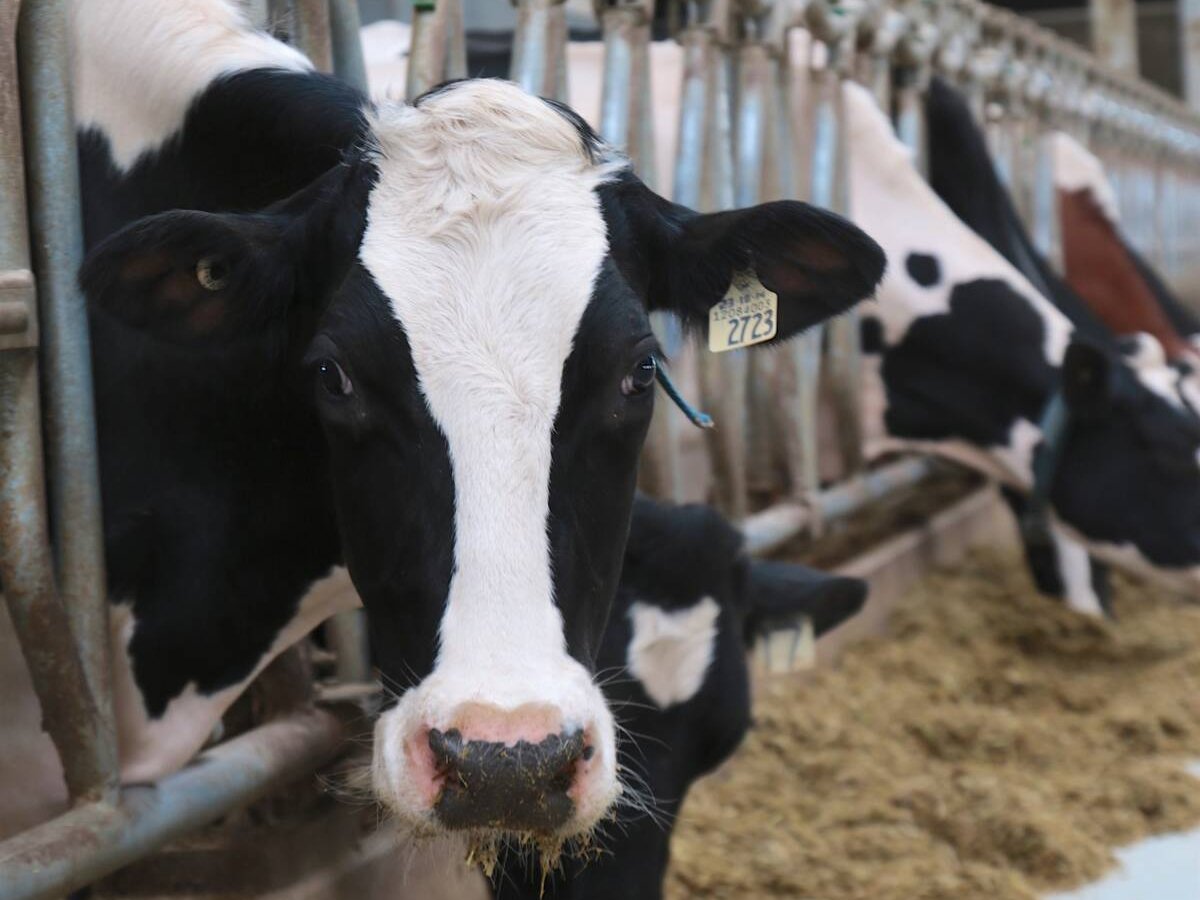Drought hits area hard | Producers are forced to ship cattle early because they can’t feed them
SYDNEY (Reuters) — Australian meat processors normally operate part time at this time of year as cattle gorge on summer grass.
However, a scorching drought has forced farmers to cull cows as pastures wither, driving processors to work flat out and likely pushing beef shipments in the world’s third-biggest exporter beyond the record levels that have already been touted.
Slaughter rates have hit three consecutive weekly highs, which could prompt the Australian Bureau of Agriculture and Resource Economics and Sciences (ABARES) to raise its forecasts on beef exports.
Read Also

The Organization for Economic Co-operation and Development lauds Canada’s low farm subsidies, criticizes supply management
The Organization for Economic Co-operation and Development lauded Canada’s low farm subsidies, criticized supply management in its global survey of farm support programs.
New evidence of rocketing shipments from Australia will drag on global prices.
While beleaguered Australian farmers grapple with local cattle prices at four-year lows, abattoirs are earning fat margins by selling onto Asian markets hungry for beef.
“Normally at this time of year, there has been rain and processors are running at fewer days as they are having trouble sourcing cattle,” said Tim McRae, senior economist at Meat and Livestock Australia (MLA).
“But at the moment, it’s the complete opposite.”
In December, ABARES forecast that beef exports would rise seven percent in the 2013-14 marketing year to a record of 1.085 million tonnes, accounting for slightly less than half of national beef output.
However, the increased supply of meat on the back of a drought entering a second year should push exports beyond that figure, with Australia’s agriculture department saying shipments in the first half of 2013-14 climbed 18 percent from the previous year to 668,755 tonnes.
“While I’m not sure exports can sustain that pace, ABARES could increase its estimate,” said MLA’s McRae.
However, the drought could eventually result in beef shortages because of reduced breeding stock that would provide fewer cattle for slaughterhouses.
Asian demand for beef is soaring as increasingly affluent middle classes develop a taste for high-protein western diets and fast-food such as hamburgers.
Pan Chenjun, senior analyst at Rabobank in Beijing, said beef in China’s retail market is priced at $10.06 per kilogram, which is much higher than the $2.71 a kg that Australian processors are paying for cattle.
“Beef prices in China are already quite high, and in the longer term we don’t expect prices to decline as there is a shortage in the domestic market,” she said.
“The shortage is mainly due to lower domestic production, imports are increasing very fast but imports can’t cover the shortfall.”
The weaker local dollar makes Australian beef particularly appealing, analysts said. The currency fell more than 15 percent against the U.S. dollar last year and is nearly unchanged this year.
“Cattle came strongly into the market in 2013 and that has continued into this year as well, while on the other side there has been strong demand from key markets like China,” said Matt Costello, Rabobank animal proteins analyst.
“Processors have been winning at the expense of the farmer.”














